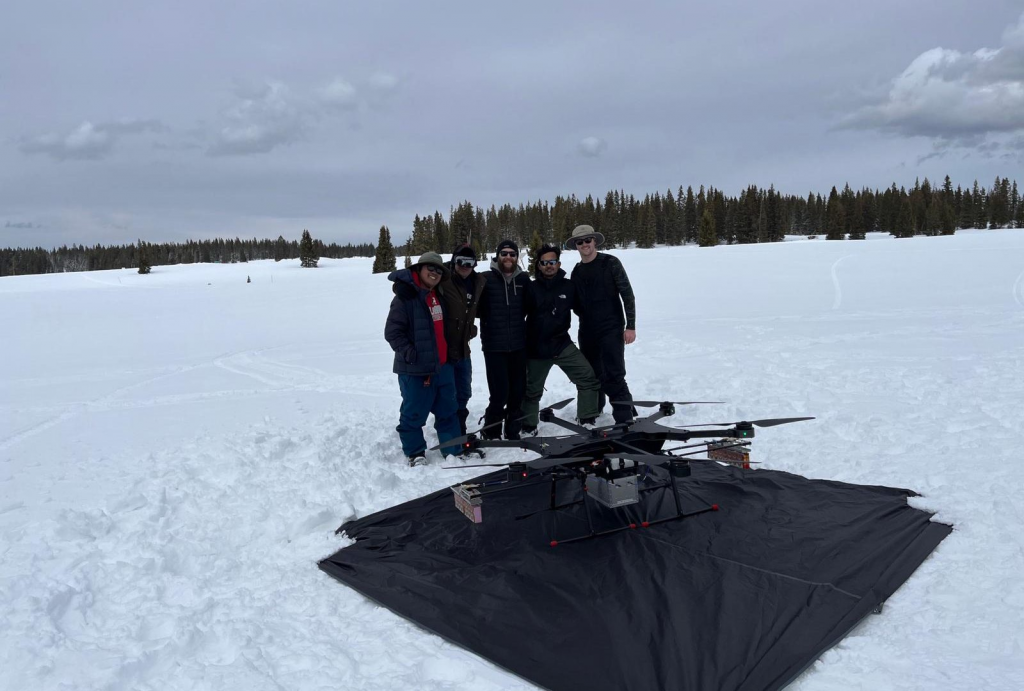AWI will work with researchers across campus who bring their expertise to bear on different sides of the challenges society faces.

Center for Freshwater Studies
The Center for Freshwater Studies combines the interests of UA faculty with expertise in different areas of freshwater studies and fosters interdisciplinary research and education. Currently 43 faculty from units within four colleges are involved with the center and contribute expertise in biogeochemistry, biodiversity, conservation, ecology, geochemistry, geography, geology, hydrology, water policy/law and water resources management. Research facilities related to the center include an aquatic chemistry laboratory, an optical analysis facility, an aquatic mesocosm facility, geographic information system and remote sensing facilities as well as a facility housing major research instrumentation.
Center for Water Quality Research
The Center for Water Quality Research serves as a national integrating resource for water and environmentally focused transdisciplinary research and development activities. The center pursues the innovative application of science and engineering principles to collect and transform environmental and water resource information into actionable knowledge that protects public health and promotes environmental stewardship and resilience. With a core capacity in environmental and hydrologic informatics, key research themes include climate and climate change impacts; environmental and water resource management decision support; fate and transport of contaminants in the environment; global water, sanitation and hygiene; hydrologic and frequency modeling; stormwater and emerging contaminants; and water and wastewater treatment.


Remote Sensing Center
The Remote Sensing Center utilizes radio frequency and microwave engineering as well as radar systems, radar remote sensing and microwave radiometers to the study polar ice sheets, sea ice, ocean, atmosphere and land. The center involves students and researchers in multiple disciplines across campus, as well as using unmanned aerial vehicles, or drones, that carry remote sensing technologies to collect data on surface water and snow depth in the continental United States.